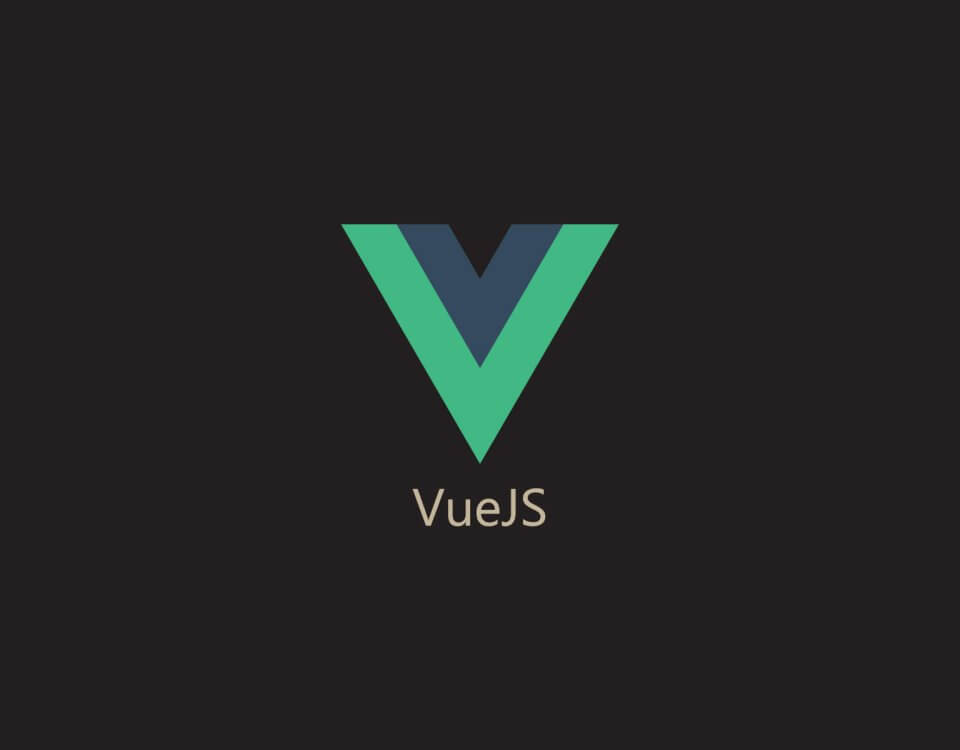
How To Only Display Events From Database For FullCalendar On Livewire
February 28, 2022
Many Ways To Skin A Cat – If A Cat Was A String Value
March 28, 2022
Discailmer: This article is based on "Price Creative Work With Confidence. Win More Bids. Make More Money" video from The Futur, guest starring award-winning designer, Michael Janda.
Table of contents:
I am pretty sure that there is not one designer, web developer or creative person out there that has not come across at least one client that did not disclose their budget or even a ballpark figure on what they are willing to spend on a project. We've all had it at some point or another. It can be a little frustrating. I mean you wouldn't go to buy a car without some sort of idea on what you are willing to spend. Unless you are Elon Musk who has all the money in the world, and can pretty much afford anything, you just wouldn't do that.
So when and how do you ask for the budget?
When to ask for the budget
If this is a new client, get to know them a little first, have a little small talk, find our more about their business and maybe past experiences they've had with designers or developers, any pain points that they've might have had, what works and doesn't work for them.
Personally, my best advice is to ask a lot of questions, as much as you can. The more you ask the more details you can get about the project. You might end up finding out that some things are not necessary, while other things are more important that maybe you or the client didn't consider.
Only at the end do you ask for the budget.
How to ask for the budget
Asking for the budget can be an absolute daunting task for some people. Sure, you might get the quoting or time estimating for a project wrong, but the more you do it the easier it becomes.
According to creative director, Michael, here are 5 steps that you can follow to get the client to tell you what their budget is when they don't want to tell you:
1. Ask the client their budget
This is as simple as just asking the client if they have a budget and more or less what they have in mind of spending. For a lot of designers or creatives this a be daunting task to do. According to Michael, it is adviced not to go ahead on a project unless you have the budget or at least a range to work with.
There are two problems that can occur:
Their budget is too low:
So you spend hours scoping the project, researching, have client meetings, and sending a quote, just to find out that the client doesnt have nearly as much budgeted for the work. You in the end just end up wasting time and money.
Their budget is too high:
This according to Michael is where you "leave money on the table." If a prospecitve clients budget was much higher than you would charge, you have simply lost out on an oppotunity to make more money.
If you have asked the client for a budget and they do not give you an answer, to go step number 2.
2. Ask about past projects
Almost anyone has some sort of a figure in mind of what they are willing to spend, even if they don't disclose it.
For step 2, you could ask "what have to you spent on past projects like this?" If they have never done apst projects like this before then you could ask "what have you spent on advertising last year?" or "what was your budget on a flyer that you had made?" This is give you an estimate of what they are willing to spend on sevices.
3. Give a price range
If by now, the client has not specified a budget, you can give them a price range. To do this you would need to know more or less what it is that you are going to do costs.
Most of the time the client would indicate in some way that they are either comfortable with the range or not at all.
4. Compare other products
The next technique is to compare other products that are not related to your industry to gauge whether they want a high-end product or lower end product. For example compare two cars. Everyone knows the difference between a luxurious sportrs car and a ordinary car.
You could say something like: "If you had to choose between a Ferrari and a Toyota, which one would you choose? They both get you from point A to B, they both have wheels and seats, but the Ferrari has all the bells and whistles, fancy seats, powerful engine ect. So if you had to compare your project/product with a Ferrari and a Toyota, which one would it be? Are you wanting something high end or start with something basic?" If the client went with the Toyota, you could suggest adding features later on as an option.
5. Send a rough estimate
Don't spend the time creating a massive proposal just to find out that the allocated price is completely out of range for the client. Just create a rough estimate. This can be a simple paragraph with a few bullet points. This will then give you a good indication whether or not the client will accept the price or not without doing much.
If by then the client hasn't specified the budget nor accepted your rough proposal, or you haven't heard back from them, then they are not for you. Don't waste your time. Move on.
For tips on how to charge for a website and what strategy is best suited for you needs, click here.








